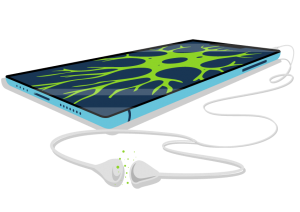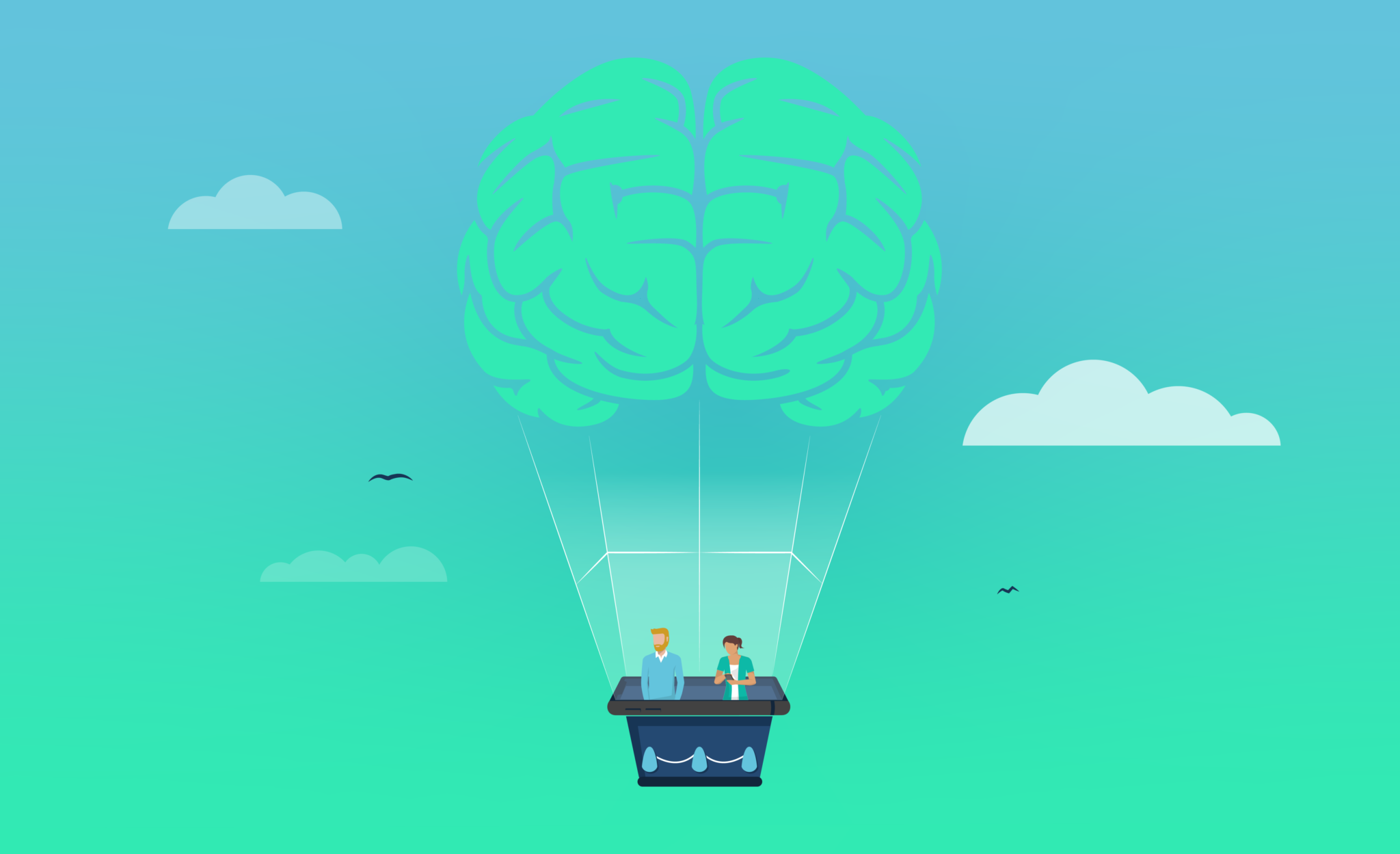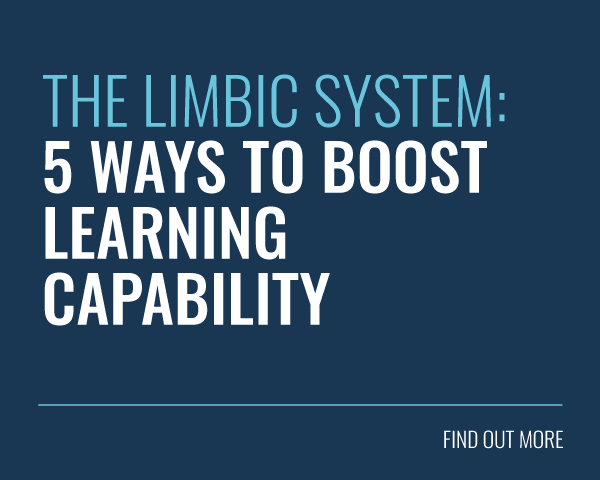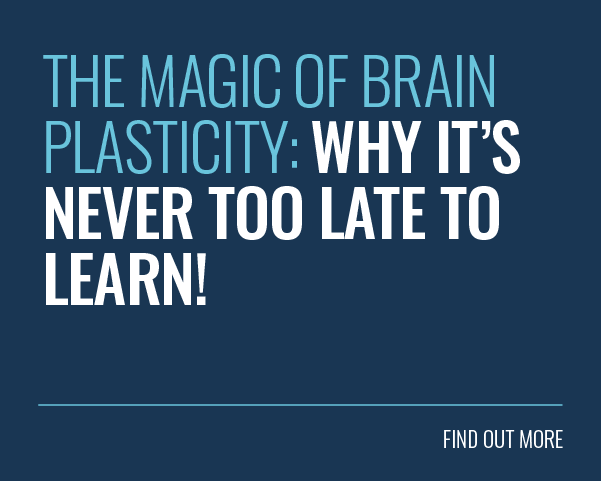 Combat forgetfulness, and you’ve overcome the trickiest hurdle in the learning journey: making content stick.
Combat forgetfulness, and you’ve overcome the trickiest hurdle in the learning journey: making content stick.
Ebbinghaus’ Forgetting Curve tells us that on average we forget 50% of what we’ve learned within a day and 90% of what we’ve learned within 30 days: a staggering amount!
So how do we defeat the Darth Vader of L&D? How do we ensure that training sticks in the long-term memory.
Let’s take a look at a few techniques for combating forgetfulness and become knowledge connoisseurs!
Knowledge Reinforcement is Key
Whenever we learn something new, a new neural pathway is created in our brain. This is just a faint passage, however. When we reinforce the information, the pathway becomes deeper, making it easier to access. Think of it like a snow tractor clearing thick snow from a pathway. Every time it revisits the same stretch of path, the path becomes clearer. This is why knowledge reinforcement is key.
Three Tips to Combat Forgetfulness:
1. Spaced Learning
Spaced Learning is the process of repeating content with distractor activities inserted as a key part of the training. A distractor activity is used to take the learner’s mind off the task at hand. It can be anything from exercise to a quiz. When the learner returns to the training, they’ll be refreshed and ready for more learning.
Researcher and headmaster Dr Paul Kelley was the first to pioneer the Spaced Learning Theory. Leading a team of teachers and scientists, Kelley found that repeated stimuli spaced with periods without stimuli can lead to strengthened synapses. These synapses can lead to info sticking in the long-term memory.
2. Spaced Repetition
The brain likes to try and keep itself tidy. This means that if information isn’t used, it’s cleared away, so if you want to keep knowledge in your brain then you need to make sure it’s used. This is why spaced repetition is so important. It’s the process of refreshing knowledge on a regular basis.
After you first learn a piece of information, you reinforce that knowledge after an intermission.
These intermissions can last for minutes, hours, days or weeks. In fact, the Consolidation Hypothesis suggests that the longer the gap in between reinforcement, the more likely it is to stay in the long-term memory.
Spaced Learning Vs Massed Learning:
Massed learning is what the bulk of students do the night before an exam: cram!
Although the learner may be able to temporarily recall the information, the likelihood is they’ll have forgotten the majority of the info after a few days. It may be effective for exams, but not so much for job training as it won’t stick in the long-term memory.
3. Mobile Learning

As we check our phones (on average) 52 times a day, mobiles are fantastically habitual to us. This is why mobile learning has increasingly become the preferred tool in which to learn. It may come as no surprise that 64% of learners find that accessing their training content from a mobile device essential.
L&D have woken up to this thirst for portable learning. There are over 500,000 educational apps as of 2019!
So how do mobiles help combat forgetfulness? It’s the accessibility that holds the key. Nowadays, learners can learn whilst commuting, whilst queuing for their daily piccolo latte or at the gym. In fact, training can be accessed anytime we have a spare few minutes.
Mobiles and Microlearning
It’s no coincidence that since the widespread use of mobile phones, microlearning has come to prominence. Microlearning is said to last between 3-5 minutes. Mobiles have unshackled us so we have the ability to learn anytime, anywhere and in short bursts.
What are the Benefits of Mobile Learning?
-
Can learn anytime/anywhere
-
Promotes microlearning, and learners are 50% more engaged when content is micro
-
Encourages just-in-time learning
-
Enables a Bring Your Own Device culture
Other Tips to Remember:
Narrative/A Memory Palace
The memory palace is a celebrated mnemonic technique where you visualise things to remember them as if they were objects in a palace. One memory expert used the memory palace technique to memorize PI to over 100,000 digits.
Afternoon Learning
Researchers have found that we tend to absorb more information in the long-term memory if we study in the afternoon. (A great defence for an 11am start!) Mobile learning is a perfect example of how we can learn when it suits us, such as the afternoon. They’re always in our pockets to serve our learning moods!
Exercise
Along with a mountain of other benefits, exercise also helps you learn better and helps fight the forgetting curve both directly and indirectly.
How? Exercise reduces insulin resistance, as well as improving alertness and attention. A 30-minute cardio work-out pumps extra blood to your brain, delivering the oxygen and nutrients your brain needs to perform at its peak capacity.
If you still don’t believe us, a 2013 study found that exercise has immediate benefits on cognition, so there!
Sleep
The procedural memory is made up of learning memories such as writing, walking, typing, playing sport – basically anything you learn!
Without sleep, your body produces less melatonin, which is essential for effective cognitive functioning. It’s when we sleep that we do all of our memory processing from the day before, hence why a lack of sleep can lead to learning interference. This is why scientists recommend a full nights sleep after learning something new.
Final Words
Learning relies on maintaining a healthy memory and limbic system. Some lucky learners naturally have an Einstein-esque capacity for knowledge retention, but there are certain things that us mere mortals can do to enhance our learning powers too.
Practising spaced learning has been proven to improve long-term memory by up to 200%. Mobile learning has popularised the idea of training in micro-units, again helping us digest info. If all else fails then good old fashioned exercise and sleep also help to fight The Forgetting Curve.
Protecting your memory powers is something that can be built up over time. It takes certain changes in behaviour in order to optimise your long-term memory.
Want to know more about behaviour change? Download our in-depth: ‘Your Guide to the Science of Behaviour Change’ now!








